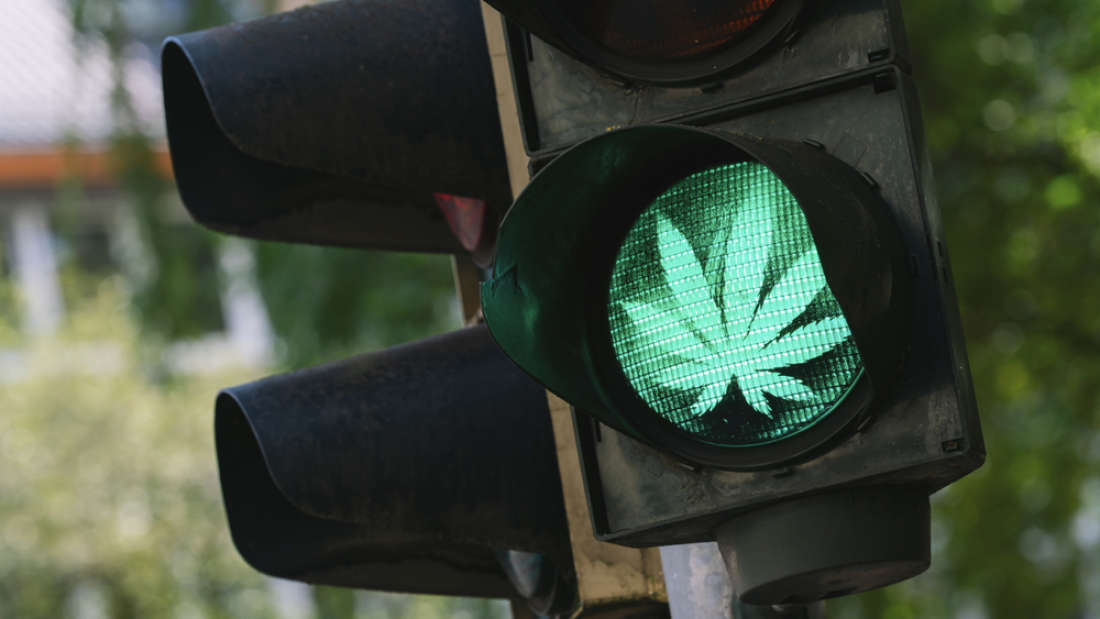
When it comes to drink driving, its as simple as taking a breathalyser test to detect whether someone is under the influence.
But when it comes to drugs, such as marijuana for example, things aren’t as simple. That’ why scientists at the University of Pittsburgh have developed a breathalyser, that can tell if a person has been smoking, or just generally using marijuana, with more accuracy than ever. The prototype device uses nanotechnology and machine learning to detect levels of THC, the psychoactive component of marijuana, left lingering in the user’s breath.
Some Nanotubes that are 100,000 times smaller than a human hair, pick up on volatile breath components, such as carbon dioxide, water, ethanol, and THC.
“If one of these components is blown down the nanotubes, it binds to their surface and changes their electrical properties. By analysing the way the nanotubes react to electrical currents using machine learning, the device can detect the concentration of THC in a person’s breath.”
“The semiconductor carbon nanotubes that we are using weren’t available even a few years ago,” Sean Hwang, lead author from the Department of Chemistry at the University of Pittsburgh, said in a statement.
“We used machine learning to ‘teach’ the Breathalyzer to recognise the presence of THC based on the electrical currents’ recovery time, even when there are other substances, like alcohol, present in the breath.”
Urine and blood tests are the current standard for testing, but regardless of the technology’s accuracy, THC breathalysers are still likely to cause controversy if they’re ever used commercially. As one study pointed out in February 2018, marijuana can affect people in totally different ways and the amount of THC in the body doesn’t necessarily correlate with how impaired a person’s behaviour is. While the same is also true for alcohol to some extent, the debate is much more complicated with marijuana.
“In legal states, you’ll see road signs that say ‘Drive High, Get a DUI’, but there has not been a reliable and practical way to enforce that,” added lab leader Dr Alexander Star, professor of chemistry. “There are debates in the legal community about what levels of THC would amount to a DUI, but creating such a device is an important first step toward making sure people don’t partake and drive.”